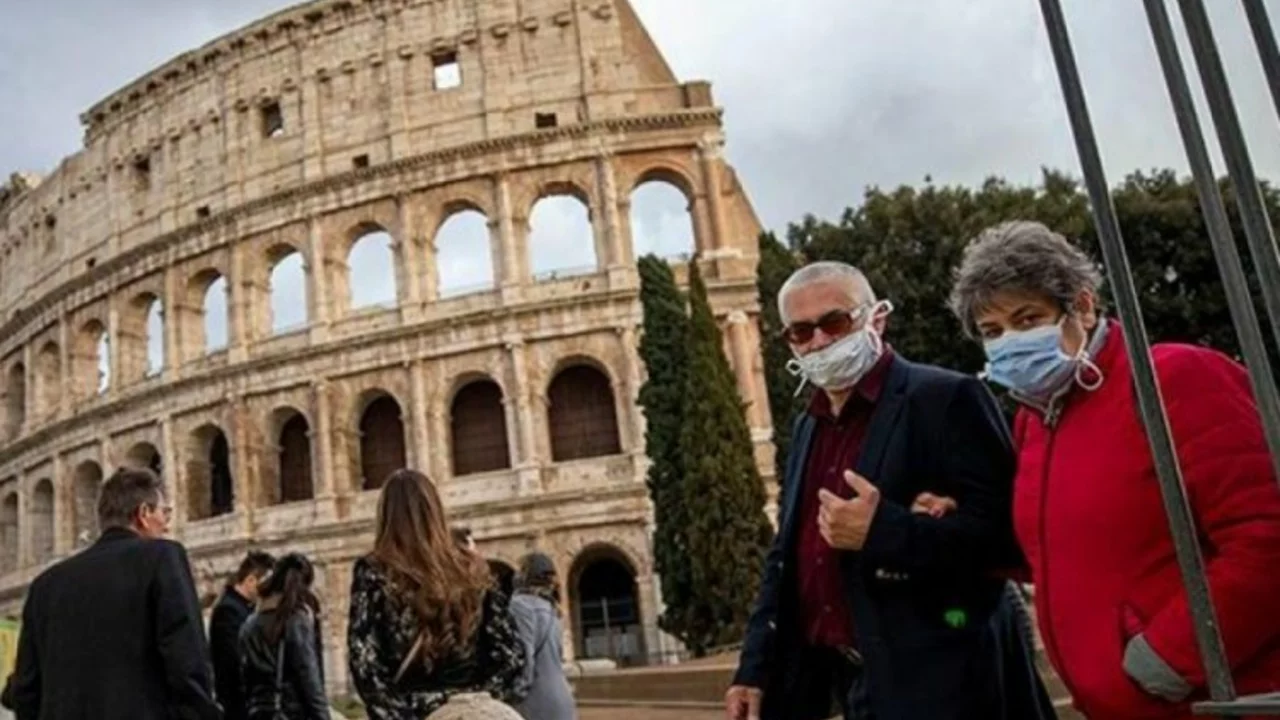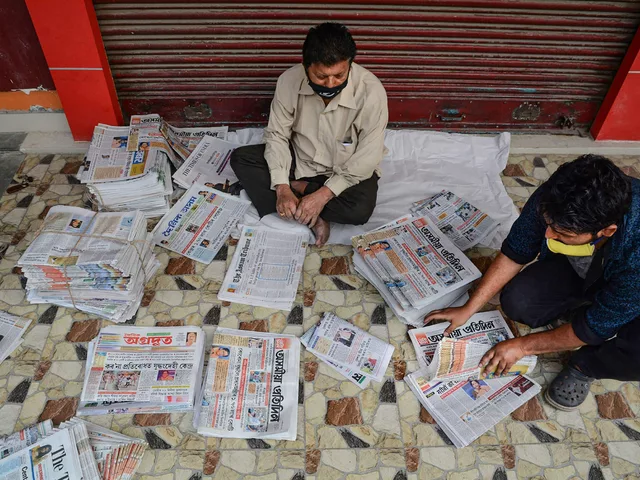Life in Italy: Practical Guide for Movers and Visitors
Thinking about life in Italy? Whether you plan to move, buy a place, or stay long term, it's smart to know what daily life looks like here. Italy mixes slow afternoons, lively markets, and complex paperwork. You will love the food and towns, but you should expect rules and red tape.
Cost of living varies a lot. Big cities like Milan and Rome are pricey for rent and eating out. Small towns in the south and inland villages are much cheaper. Monthly expenses depend on location, size of your home, and lifestyle. A one-bedroom in a city center will cost more than a similar place in the suburbs or a small town.
Housing and property tips matter. If you plan to rent first, look for furnished short-term offers while you search. For buying, check property taxes, building age, and renovation costs. Older houses often need work, and contractors can be expensive. Ask neighbors about the area and public services before you sign anything.
Work, visas and bureaucracy
Work permits and visas are necessary if you are not an EU citizen. The process can take time and require specific documents. Freelancers and remote workers have options, but rules change by region. If you aim to work locally, learn basic language for interviews and daily tasks. Keep copies of every official paper and get help from a local fixer or a relocation service if needed.
Public services are good but can be slow. You will deal with local offices for health registration, residency, and tax codes. Booking appointments online helps. Be patient and carry ID everywhere.
Daily life: language, health, food and travel
Italian is the main language. In tourist and business spots you'll find English, but small towns expect basic Italian. Learn simple phrases for shopping, asking directions, and emergencies. Enroll in a language class to speed up settling in.
Healthcare is solid. Public health covers residents and offers affordable care. Private clinics are faster but cost more. Register at a local health center to access services and find an English-speaking doctor if you need one.
Food is central to life. Markets and neighborhood shops sell fresh seasonal produce. Meals are social. You will discover regional dishes and local routine meal times. Eating out ranges from casual trattorias to higher-end restaurants.
Transport is convenient in cities. Trains connect most towns, and buses reach smaller villages. Driving is useful outside urban centers, but expect narrow streets and limited parking. For long trips, trains and low-cost flights link major cities across Europe.
Final practical tips: open a local bank account for rent and utilities, get a local SIM card for easy communication, and connect with expat groups to find practical advice. Visit different regions before committing to buy. Italy offers rich daily life, but the right preparation makes the move smoother and more enjoyable. Carry copies of important documents and learn local recycling rules to avoid fines and awkward misunderstandings in your neighborhood daily.

How is life for an Indian in Italy for settling?
Living as an Indian in Italy can be quite an adventure, filled with unique experiences and challenges. While the stunning landscapes, rich history, and delectable food are enticing, the language barrier and cultural differences can be tough to navigate. Finding Indian communities and grocery stores selling Indian spices and food items is comforting, but workplace discrimination can be a dampener. The Italian bureaucracy can often prove to be a headache, but once settled, the laid-back lifestyle can be quite enjoyable. Overall, it's a mixed bag of experiences that makes life interesting and worth exploring.
Expat Life & Immigration



